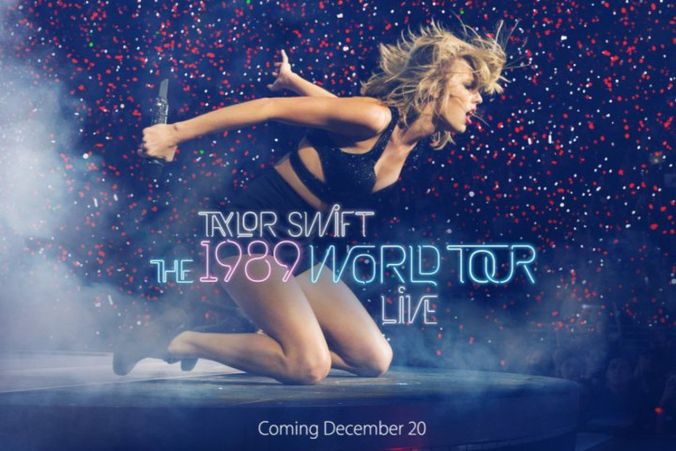The following collaborative post was created by Will Gaddis, Parker Havis, Caroline Masters, Sally Smith, and Austin Sprague.
Throughout our time spent researching mass media, we have discovered the inevitable truth: technology has thrown economic structures and media systems into forced evolution. While we discussed many different incarnations of media, the media’s roles as entertainers, revenue-generating organizations, and informers served as the primary themes across all posts.

A visual portrayal of the relationship between the media and advertisers and the media and its audience; all of which explain why the study of media economics is imperative today (SOURCE:// Slideshare).
For entertainment, Austin’s posts about Youtube and celebrity Casey Neistat helped provide a case study of exactly how technology has afforded a regular-guy the opportunity to become a social commentator and even gatekeeper. While vlogging his life, Neistat frames social issues and draws attention to problems within the world, but not necessarily denying any other perspectives. Furthermore, Sally’s posts concerning economics behind streaming and publicity services (of audio & film) have helped to clarify exactly what stimulus compels the entertainment giant, Netflix, to affect the economy in pursuit of reaching a broader audience. By pursuing streaming, Netflix has created one of the most accessible and, therefore, dominant tools of socialization within a society that places high value on content streaming, despite subscription fees.
However, Youtube and Netflix both care about their bottom line, making a profit. In order to explore this in more detail, Caroline’s discussion of advertisers, a huge source of revenue for producers, explains how these now-readily available audiences are brought to advertisers. With over a billion consumers accessing Youtube daily, many advertisers have created a symbiotic relationship in order to finance the generally accessible service in exchange for access to their large audience with quick ~20 second ads. However, Parker’s discussion of print media’s emergency in the digital economy helps to highlight the dramatic shifts within the economy. While digital media is often lauded for its success in being accessible, one would assume print to completely die. Newspapers are having trouble finding the role of advertisers in their digital content; yet magazines have proved print can survive. By creating varying experimental economic structures, magazines have proved the exclusive-quality content can still attract a readership to print if content is also available online to a degree.
However the media is also said to be informers, or more formally “The Fourth Estate.” Regardless of the lofty goals of informing the electorate, media often serves more practical and relaxed goals. Will’s research found that “The Fourth Estate” had found a role within the economy and as a socializing agent. For example, social media sites like Twitter have shown how consumers are twice as likely to purchase a product if they “like” the product. This dramatic technological leap has afforded companies as well an avenue to have a dialogue with their consumers with feedback. By creating this connection, social media sites have facilitated companies becoming socializing forces that can commentate on world events or concerns. However, a danger lies within companies gaining the power to frame events and become gatekeepers to a certain extent.

A representation of how the growth and amount of media content relies on the economy and vice versa. It is a symbiotic relationship (SOURCE//: Gigaom).
Throughout our researching of the media and its relation to the economy, technological change and the media’s relationship with people serve as a variable within mass communication that warrant further investigation in order to pass meaningful legislation and target issues effectively.








